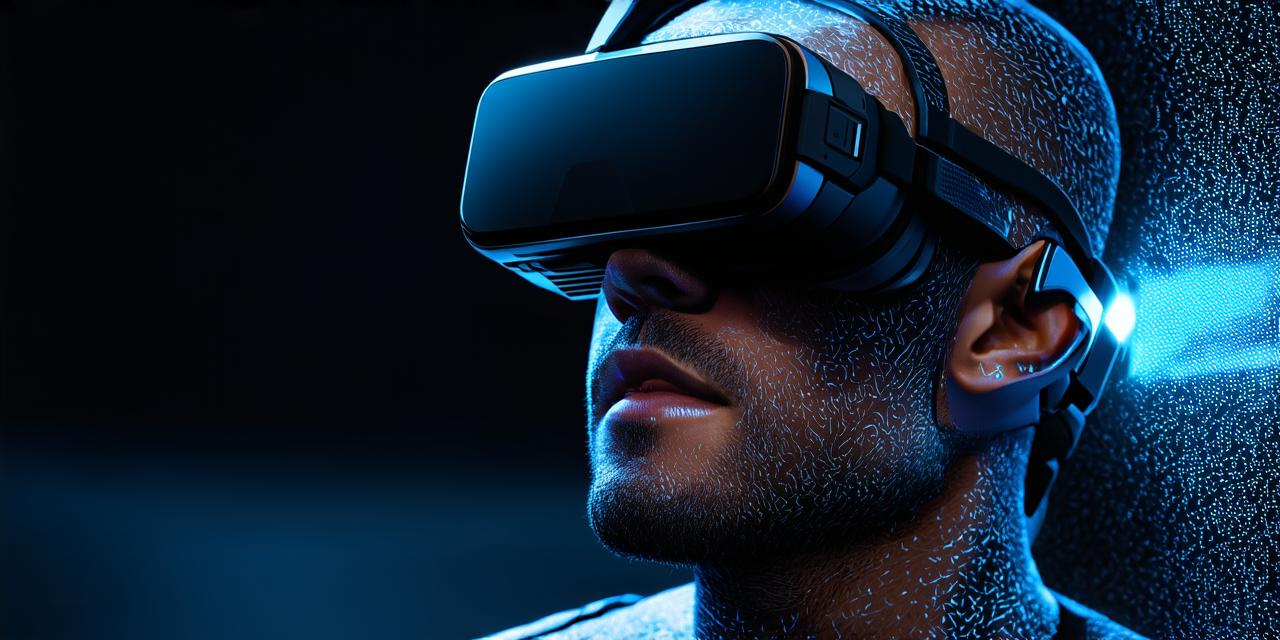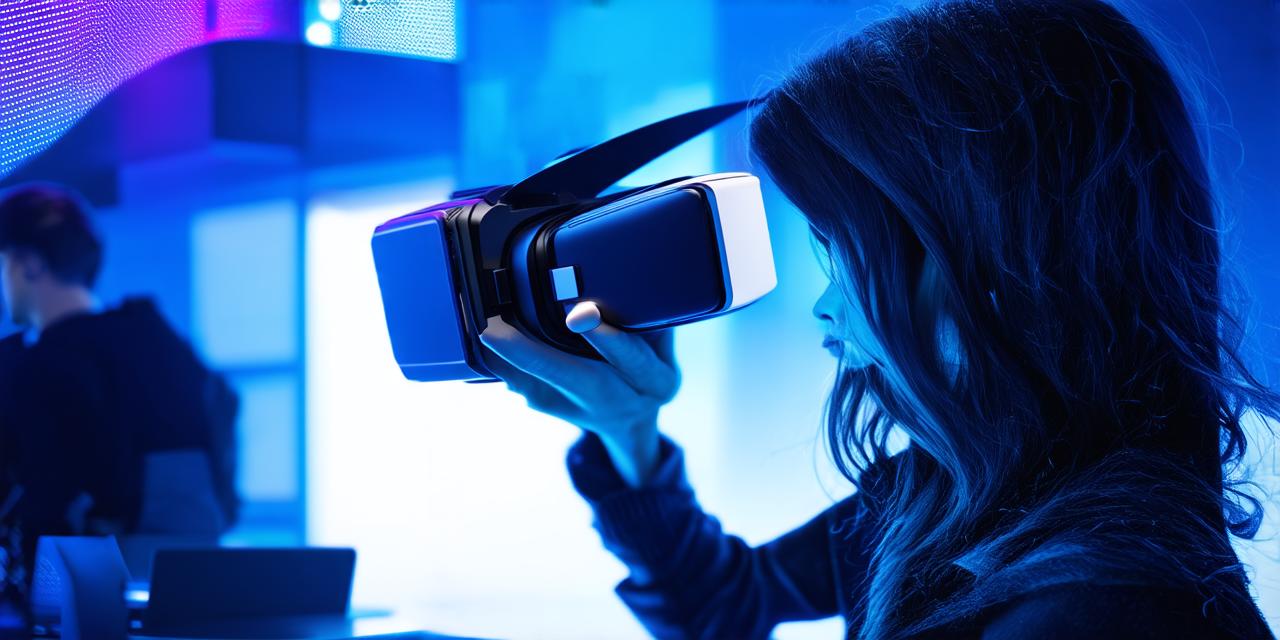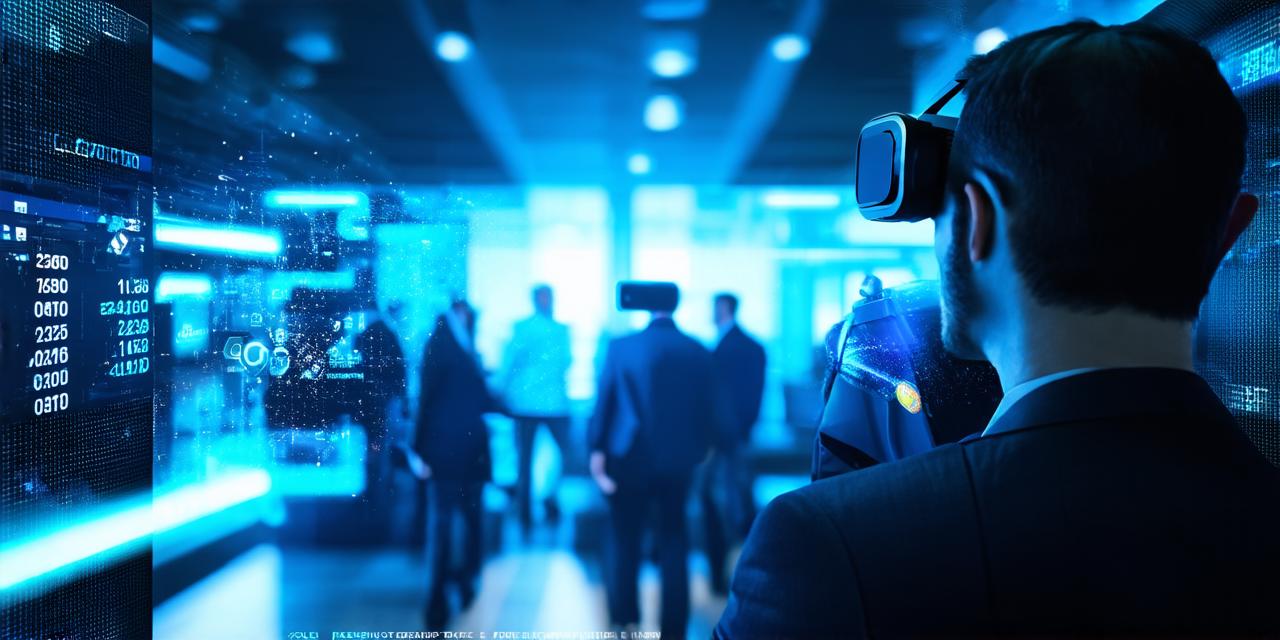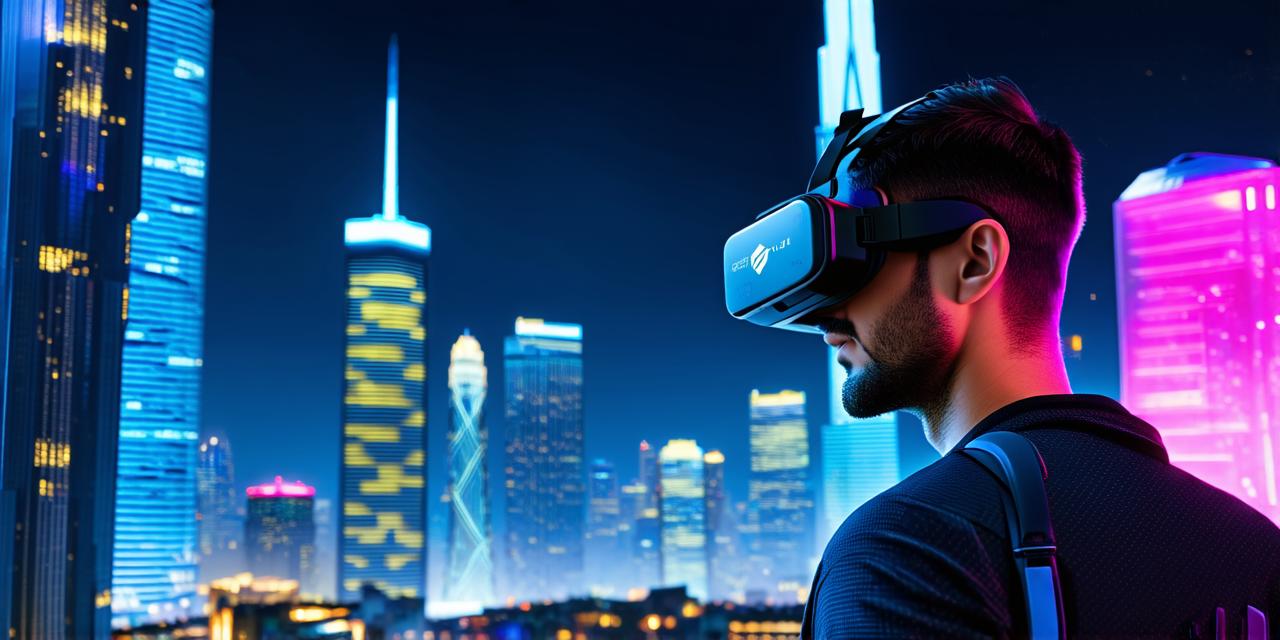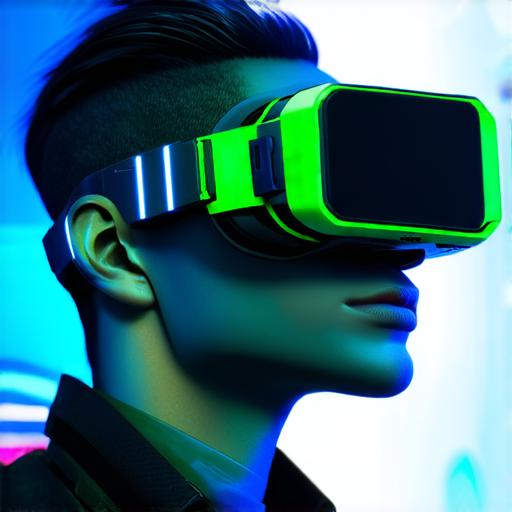
What is Virtual Reality?
Virtual reality (VR) is a computer-generated simulation of a 3D environment that can be interacted with in real-time using specialized devices such as headsets, gloves, or controllers. It creates an immersive experience by engaging multiple senses and providing a sense of presence in a simulated world.
Key Characteristics of Virtual Reality
- Immersive Environment: One of the key characteristics of VR is the ability to create a fully immersive environment that engages the user’s senses. This includes sight, sound, touch, and even smell, which can be simulated using specialized devices such as haptic feedback gloves.
- Interactivity: VR environments are designed to be interactive, allowing users to explore and interact with the virtual world in real-time. This requires careful consideration of user interaction design, including intuitive controls and natural movements.
- Realistic Graphics: The graphics in VR environments are designed to be as realistic as possible, using advanced computer-generated imagery (CGI) techniques to create highly detailed and lifelike representations of virtual objects and environments.
- Perspective: In VR, the user’s perspective is critical to creating a sense of immersion. This requires careful consideration of the placement and orientation of virtual objects, as well as the use of lighting and other environmental cues to guide the user’s attention.
- Motion Sickness: One of the challenges of VR is the potential for motion sickness, which can occur when the user’s sense of balance is disrupted by rapid movements or changes in perspective. Careful design and testing are necessary to minimize the risk of motion sickness and create a comfortable and enjoyable experience for users.
- Cost: VR technology can be expensive, with high-end devices such as headsets and haptic feedback gloves costing several thousand dollars. This can limit the accessibility of VR experiences and require careful consideration when designing applications for this platform.
Case Studies in Virtual Reality Development
There are many examples of successful VR applications across a range of industries, including gaming, education, and healthcare. Here are a few case studies that illustrate the key characteristics of VR development:
Gaming
One of the most well-known examples of VR gaming is the popular title “Beat Saber.” In this game, players use virtual reality controllers to slice through blocks in time with music, creating a highly engaging and immersive experience. The key characteristics of this game include realistic graphics, interactive gameplay, and motion sickness mitigation techniques.
Education
Virtual reality can be a powerful tool for education, allowing students to explore and interact with complex concepts in a safe and controlled environment. For example, the “Anatomee VR” app allows medical students to dissect virtual cadavers, providing a realistic and interactive way to learn about human anatomy. The key characteristics of this application include immersive environments, realistic graphics, and interactive learning experiences.
Healthcare
Virtual reality can also be used in healthcare settings for therapy and rehabilitation. For example, the “Virtual Reality Therapy System” allows patients with PTSD to confront and overcome their fears in a controlled virtual environment. The key characteristics of this application include immersive environments, realistic graphics, and interactive therapy experiences.
Expert Opinions on Virtual Reality Development
“Virtual reality is not just about making games more fun.”

